In the continuing dustup over the Arkansas Abortion Amendment, one thing has stood out to us.
It’s really easy to create a “technically correct but misleading” headline, and it gets a little frustrating. Here’s a For AR People thread with a short explanation of how this works, but we’d like to dive in a little deeper.
To very quickly recap the timeline: AFLG turned in its signatures on July 5. On July 10, Thurston sent his first attempt at rejection, almost certainly at the behest of Sanders and Griffin. Social media reaction, naturally, was swift.
Based on the timing of social media posts, it seems that KARK reporter Samantha Boyd was the first reporter to get a heads up that the disqualification letter was coming down the pipe. Mike Wickline from the Arkansas Democrat-Gazette was also quick off the mark, tweeting out the breaking news just a minute after Boyd. We should state clearly we don’t know at this point if there was any communication between Boyd, Wickline, and the Secretary’s office.
Meanwhile, AFLG was blindsided by the letter. They’d worked closely with the Secretary of State’s office to avoid just this situation, had asked repeatedly in the leadup to July 5 what documents they needed to have prepared, and asked repeatedly on July 5 itself if everything was in order. They were told it was.
What this means is that in those first crucial hours, when it’s important to push clear, accurate info, when AFLG volunteers were devastated and looking for reassurance their hard work had not just been wasted by a power-hungry bureaucrat, there was a void filled only by Boyd’s tweet that she had “confirmed” there was no cure period available (clear and succinct readings of the law later proved this somewhat less “confirmed”). AFLG eventually managed to right the ship, but valuable time was lost to put forward accurate information.
AFLG then spent days struggling to clarify headlines and give statements to the media that ensured accurate information reached the public. The most egregious example of this was when KUAR ran a story with a misleading headline and a blatantly inaccurate lede, later refusing to correct the story and sticking an “update” at the very end of the story.
These are small things, ultimately, and could be easily corrected. But as the Arkansas Times has pointed out repeatedly in their coverage of the situation, these laws are complex. They’re intended to put as many hurdles between the people exercising their right to direct democracy as possible. Stumble just once, just a little, and your right to vote on a policy is in jeopardy unless you have the time, money, and expertise to fight the Secretary in Court.
Because these issues are so complex, Arkansans should be able to rely on the media to quickly and accurately summarize information. This may mean, sometimes, sacrificing a “scoop” so that both sides can have their say or experts can be consulted.
The media has a hard and often thankless job. In recent years, they’ve been constantly belittled by extremists, and sometimes threatened with violence for trying to do that job. But we can still ask for better journalism when it’s needed. The people may rule in Arkansas, but to rule well, we must be informed.





